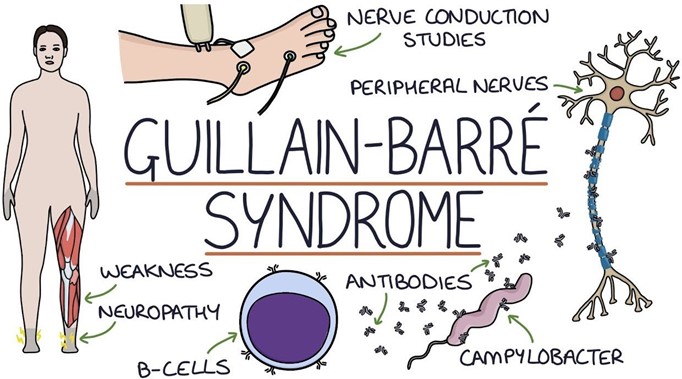The practical nurse (PN) is caring for a client with fractured metatarsals after slamming a hand in the car door. After administering the prescribed hydrocodone/acetaminophen for pain, which intervention should the PN include in the client's care?
Implement ongoing assessments for signs of shallow or slow breathing.
Assess the skin daily for areas of ecchymosis or other signs of bleeding.
Encourage the client to resume normal activities after medication administration.
Observe the client for involuntary movements of the lips and tongue.
The Correct Answer is A
Choice A rationale:
After administering hydrocodone/acetaminophen for pain, the PN should closely monitor the client for signs of respiratory depression, which may manifest as shallow or slow breathing.
Ongoing assessments are crucial because respiratory depression is a potential adverse effect of opioid medications like hydrocodone. If this complication is detected early, appropriate interventions can be implemented to ensure the client's safety.
Choice B rationale:
Assessing the skin daily for areas of ecchymosis or other signs of bleeding is not directly related to the administration of hydrocodone/acetaminophen. While bruising and bleeding are possible side effects of some medications, this assessment is not the priority in this scenario.
Choice C rationale:
Encouraging the client to resume normal activities after medication administration is not appropriate in this situation. Hydrocodone/acetaminophen can cause drowsiness and impairment, so the client should be advised to avoid activities that require alertness or coordination until the effects of the medication are known.
Choice D rationale:
Observing the client for involuntary movements of the lips and tongue is relevant when administering antipsychotic medications, as these movements may be signs of tardive dyskinesia. However, it is not directly related to the use of hydrocodone/acetaminophen. The priority after administering this pain medication is to monitor for respiratory depression, as opioids can affect the respiratory system
Nursing Test Bank
Naxlex Comprehensive Predictor Exams
Related Questions
Correct Answer is B
Explanation
The correct answer isChoice B.
Choice B rationale:
The practical nurse (PN) should instruct the unlicensed assistive personnel (UAP) to keep the client's skin clean and dry. Proper skin care is essential for a client with urinary and fecal incontinence to prevent the development of pressure ulcers. Keeping the skin clean and dry helps reduce moisture-related skin breakdown.
Choice A rationale:
Encouraging the client to rest quietly in bed is not directly related to preventing pressure ulcers. While adequate rest is essential for overall health, it does not specifically address the risk of pressure ulcers in an incontinent client.
Choice C rationale:
Obtaining supplies for contact precautions is unrelated to the client's risk of developing a sacral pressure ulcer. Contact precautions are used to prevent the spread of infectious diseases and do not address skin integrity.
Choice D rationale:
Documenting any changes in skin integrity is important, but it is the responsibility of the healthcare team, including the PN. However, this response does not provide proactive measures to prevent the pressure ulcer from occurring in the first place, which is the primary concern in this situation.
Correct Answer is A
Explanation
This is the finding that the PN should report to the charge nurse because it indicates a possible complication of Guillain-Barre syndrome, which is autonomic dysfunction. This can affect the cardiac, respiratory, and gastrointestinal systems and cause life-threatening problems such as arrhythmias, hypotension, or respiratory failure. The PN should monitor the client's vital signs closely and report any abnormal changes.

B. Profuse diaphoresis is not a priority finding and may be related to other factors such as fever, anxiety, or medication side effects.
C. Lower leg weakness is an expected finding in Guillain-Barre syndrome and does not need to be reported unless it progresses rapidly or affects the respiratory muscles.
D. Full facial flushing is not a priority finding and may be related to other factors such as vasodilation, inflammation, or medication side effects.
Whether you are a student looking to ace your exams or a practicing nurse seeking to enhance your expertise , our nursing education contents will empower you with the confidence and competence to make a difference in the lives of patients and become a respected leader in the healthcare field.
Visit Naxlex, invest in your future and unlock endless possibilities with our unparalleled nursing education contents today
Report Wrong Answer on the Current Question
Do you disagree with the answer? If yes, what is your expected answer? Explain.
Kindly be descriptive with the issue you are facing.
